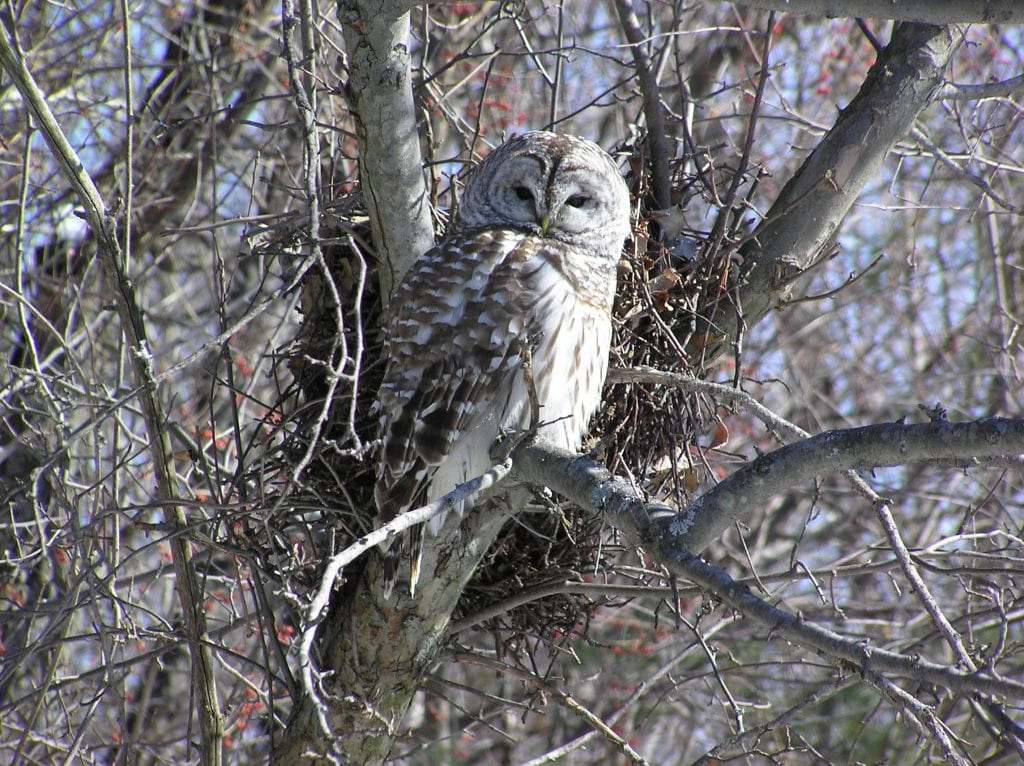
Maine Audubon’s mission is to conserve Maine’s wildlife and wildlife habitat by engaging people in education, conservation, and action. Today, that mission seems more important than ever. Our educators, scientists, advocates, and naturalists are committed to keeping you connected to the natural world as we deal with the coronavirus situation together. Check in every weekday on our Connections page for family activities, parent/teacher tips, backyard birding, nature exploration at our sanctuaries, and live events.
Backyard Birding: Migration Patterns
There’s no question: It’s a weird and frightening time. With many of us facing the prospect of increased time at home for the next few weeks, we can try to make the best of the coronavirus situation by acquainting ourselves with the world outside our windows and prepare for the arrival of millions of migrant birds. Maine Audubon wants to help you prepare for spring migration with some backyard birding tips and other useful information. Stay safe, and enjoy the outdoors!
March: It’s the middle of March, and the bulk of spring migration is right around the corner. But many species are already moving, and you’ll notice them out your window in the next few weeks. Loud blackbirds–Common Grackles and Red-winged Blackbirds–have already returned and are filling our neighborhoods and marshes with their metallic squawks. Ducks are also moving now, so keep your eyes on the sky or in nearby water bodies for Green-winged Teal, American Wigeon, Ring-necked Duck, and more.
Some resident species have already started their mating seasons. Nights in mid-March are famous for displaying American Woodcock. Listen for their odd “peent” calls and their whurring flight displays this month. Owls are breeding, too: listen for Great Horned Owls’ hoots or Barred Owls asking “Who cooks for you?” just after dark.
April: Things will continue to pick up in early April. Sparrows are some of the first perching birds to return, so look out at your feeders for Chipping Sparrows, White-throated Sparrows, Eastern Towhee, and others. Even some small insectivores return this early, like Blue-gray Gnatcatchers, Yellow-rumped Warblers, and Ruby-crowned Kinglets. Swallows will be coming back, so look for blue-and-white Tree Swallows and the forked-tailed Barn Swallows swooping through the air.
Finally, hawks are returning. Both Broad-winged and Sharp-shinned Hawk numbers peak in the Northeast during the first couple of weeks of April. Look for them soaring overhead, or trying to pick off a meal at your bird feeder.
For more up-to-date migratory information, check the excellent BirdCast website, which forecasts birding migration using historical arrival data and weather patterns.
